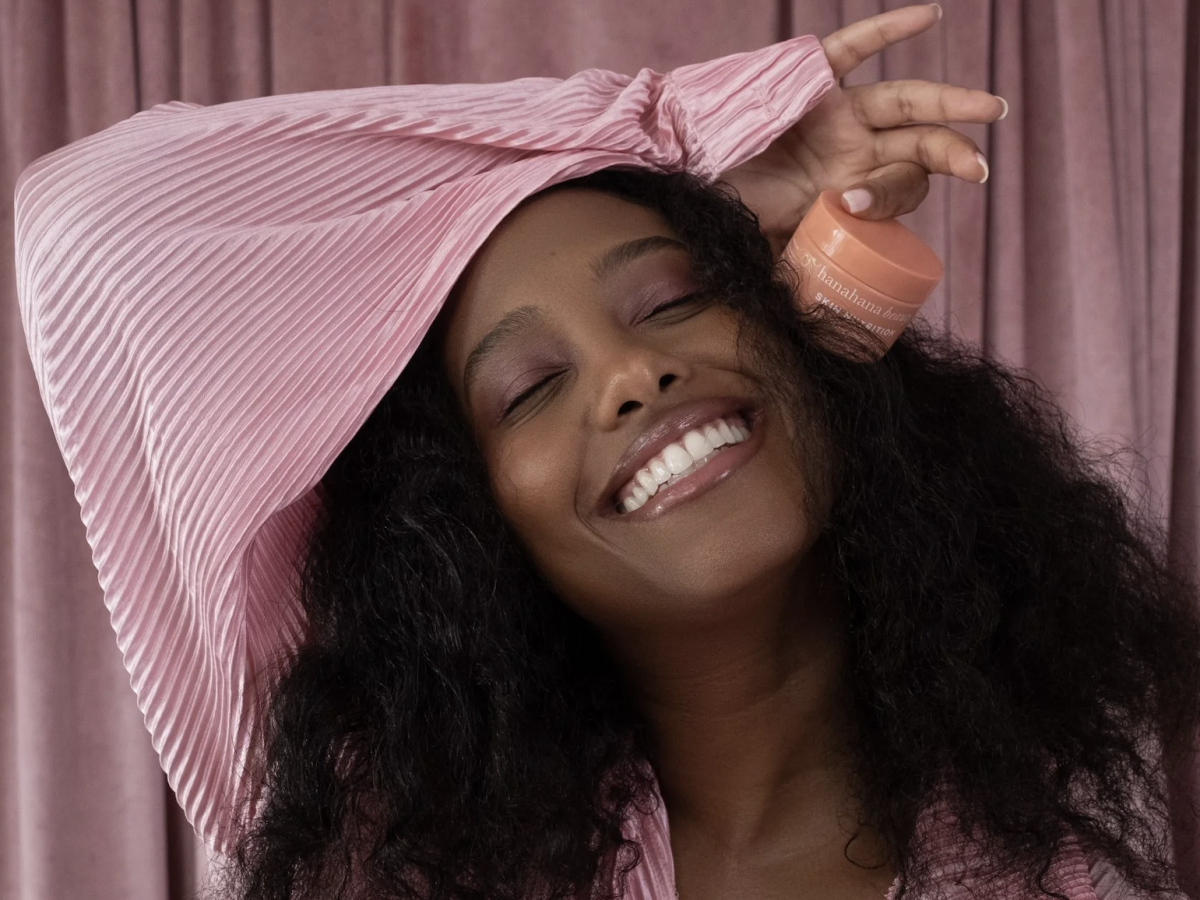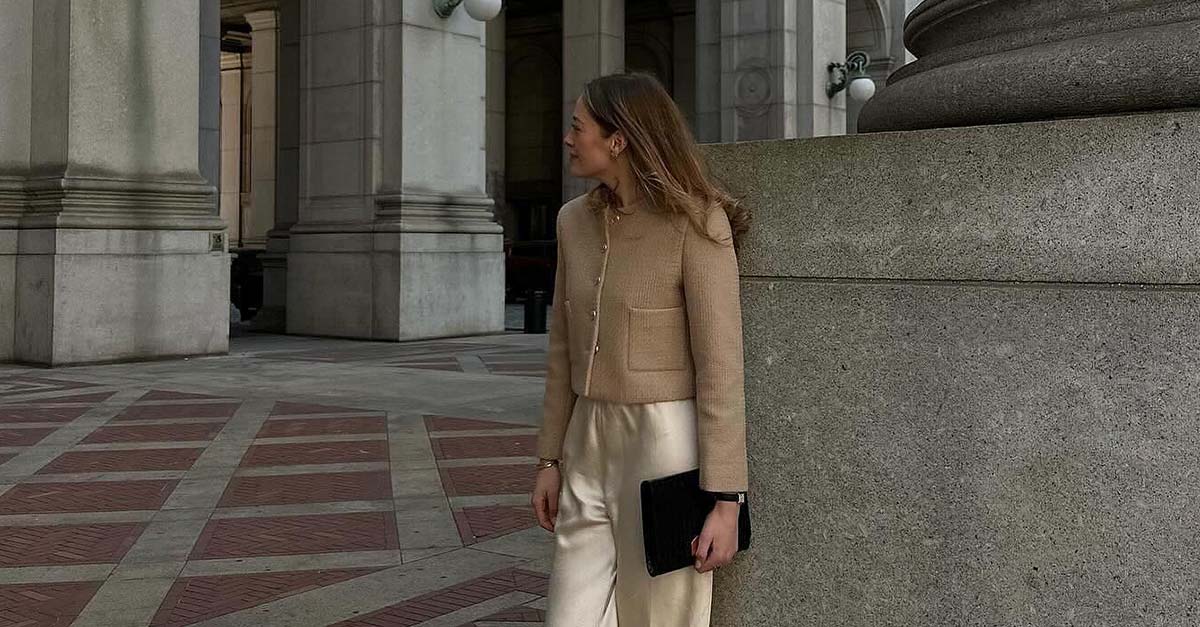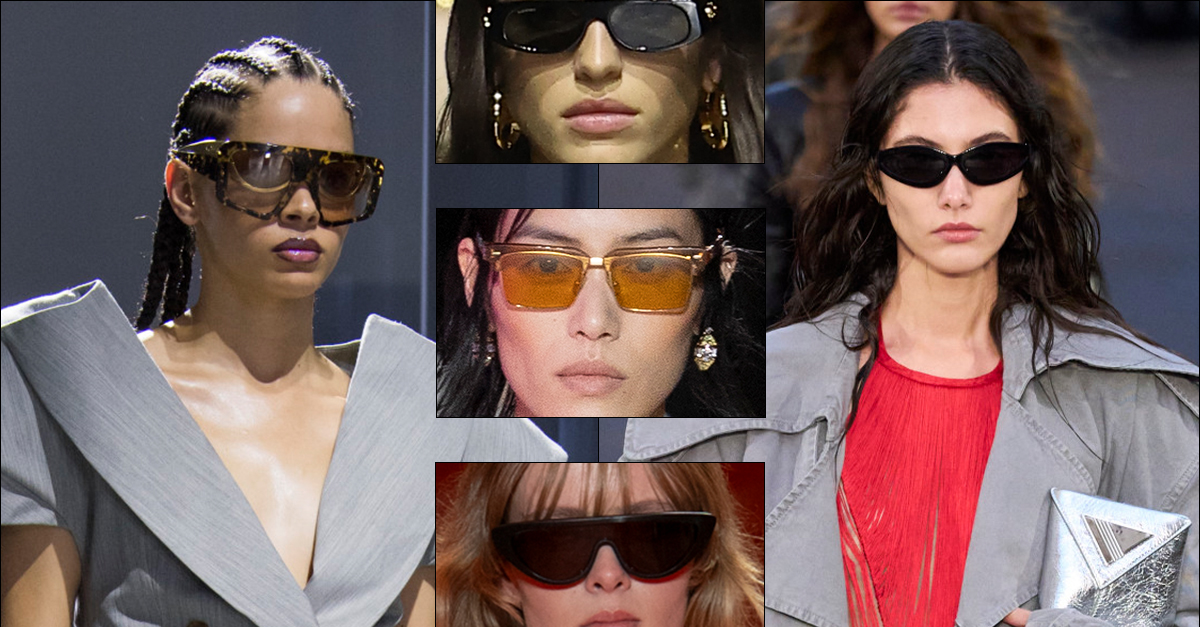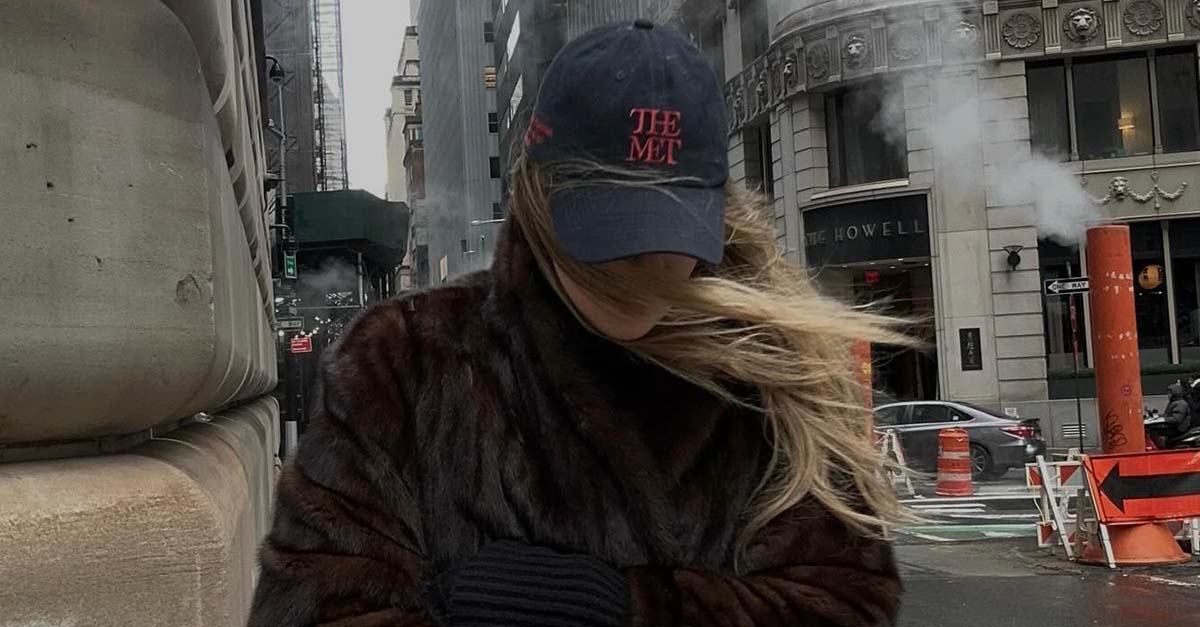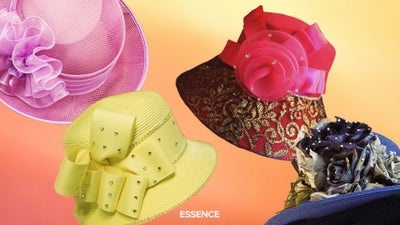
In a few days, my ninety-five-year-old grandmother will attend the Resurrection Sunday service at her neighborhood Baptist church. In the days leading up to service, also known as Easter Sunday service, she is preparing an outfit, like the first day of school, curating an outfit to ‘catch God’s eye.’ The phrase, a euphemism used by women of her generation, is to receive the favor of God to bless not only themselves but their descendants with God’s great favor and mercy. And what other way to catch the attention and favor of God than through a tastefully, curated outfit?
My grandmother has spent the majority of her life in service of God. Each and every dilemma in life can be solved through God’s favor and prayer, she says. For women in the church, this can be done through a ritual of beauty and fashion practices to praise him. 1 Corinthians 11:15, reads, “But if a woman has long hair, it is a glory to her: for her hair is given her for a covering.” In the South, the verse is interpreted as “The higher the hair, the closer to God,” and did my grandmother adorn hers in bouffant fashion to attract his good grace and favor.
However, nothing can garner the Lord’s attention on Easter Sunday, faster than a boisterous hat. Yes, a brightly colored hat, enveloped in the finest materials, peppered in jewels or feathers, placed on top of a spring-centric outfit was the fastest way to get God on the mainline. For generations, Black women in the church have used fashion not only as a way to communicate to the divine but as a form of outward expression. The church house was and is the first fashion week. It was one of the first physical spaces where Black women could outwardly name themselves through fashion and design, express their uniqueness, showcases their creativity, and most importantly, introduce younger generations to the principles and standards of Black beauty and fashion.
“It was the event of the week,” says fashion designer Sergio Hudson. “Every week going to church was like a fashion show, so that’s normally what we were getting prepared for. Mom would spend the entire week working on her outfit for Sunday morning.”
Easter Sunday is a distinguished service because it signifies the resurrection of Jesus Christ, which heralds the spring season. On this day, the church choir adorns the brightest and shiniest of robes, the women of church emerge in the boldest and most vibrant of colors, and the children are dressed in the itchiest of pantyhoses. Affectionately, it is the Olympics of church fashion. The late American fashion designer Patrick Kelly said: “that in one pew at Sunday church in Vicksburg, there’s more fashion to be seen than on a Paris runway.”
Kelly’s sentiments are shared by legendary Black fashion professionals like the late fashion editor Andre Leon Talley, and stylist Law Roach. For Talley, Roach, and Hudson, the women of the church were the blueprint for their endeavors into the regalness and opulence of high fashion. As a child, Hudson recalls his mother’s ritual leading up to Easter Sunday. The shopping would begin two weeks prior to service, where she would purchase a brand new pair of shoes, followed by the acquisition of matching apparel to tie the outfit together. If she was unable to find items to match, Hudson’s mother would construct her items to match the outfit. “We would be fabric shopping, then pattern shopping,” he tells ESSENCE.“It was an experience. I think it prepared me for what I’m doing now. Shopping for fabrics for custom events. It’s very much how I grew up,” says the designer.
His colorful designs, worn by Vice President Kamala Harris, Beyonce, and former First Lady Michelle Obama, are reminiscent of the color seen in the pews of an Easter Sunday service. In many ways, the Black church has served as the blueprint and reference point for contemporary American fashion; the church is where Talley “learned the true meaning of luxury,” and served as Roach’s “first introduction to fashion.” Although younger generations of Black Americans are less likely to attend in-person service, the influence of the Black Church is omnipresent.
“It’s so funny to go into Bergdorf Goodman and see a shoe and be like ‘Oh, that’s a parament from the church’,” says Hudson. “All the shoes in Prada look like shoes that people were wearing when I was growing up in the church with a white stocking,” he laughs. One would be remiss not to acknowledge the influence of the Black church in high fashion. The Chanel tweed suit, the matching Burberry check outfit, and the Gucci loafer are prime examples of luxury fashion’s attempt to replicate a cultural tradition that originated in The Black Church.
Since its emergence as a safe haven for African Americans to convene and congregate in the midst of enslavement and racial violence to its existence as a communal hall to organize for civil and human rights, the Black church has served as a mecca for Black creativity and talent. Each and every generation has a story to tell about how the Black church has influenced them. Whether good or bad, the Black church has contributed to the birthing and emergence of the Black American tradition for generations. Although I will not be dressed in what my grandmother’s generation would classify as “Sunday’s best,” I will adorn myself in an outfit to catch God’s attention on Easter Sunday and each day after that.

